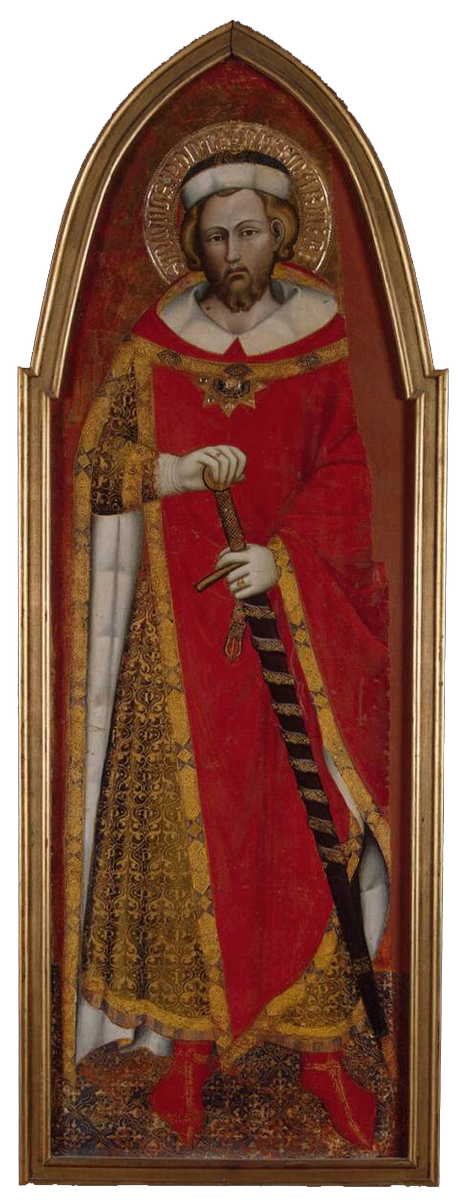Merry Christmas! This is the last day of the Christmas season, but it celebrates the first day of Jesus' public ministry. Thus, the Church connects the birth of Jesus, the beginning, with the Paschal Mystery, the end! Each Gospel has the Baptism of Jesus in it with variations. Mark's version is the shortest with a statement of the baptism followed by a theophany, or the visible manifestation of God, with the Holy Spirit represented as a dove, and God the Father speaking from the heavens approving of God the Son. Matthew adds John's objection to baptizing Jesus because John is not worthy. Luke adds a historical element by naming the political leaders of the time as well as some of John's teachings. The Gospel of John has John the Baptist giving testimony to Jesus' Baptism as though he were in a court of law. He also calls Jesus the "Lamb of God, who takes away the sin of the world" (Jn. 1:29).
The Baptism of Jesus is also important for the post-Ascension Christian community when they chose a replacement for Judas: "Therefore, it is necessary that one of the men who accompanied us the whole time the Lord Jesus came and went among us, beginning from the baptism of John until the day on which he was taken up from us, become with us a witness to his resurrection" (Acts 1:21-22).
We are baptizes so that we may fulfill the command of Jesus: "Go, therefore, and make disciples of all nations, baptizing them in the name of the Father, and of the Son, and of the holy Spirit, teaching them to observe all that I have commanded you" (Mt. 28:19-20). As we share in the life of Christ, we call others to share in Christ's life, his life of love.
*https://www.flickr.com/photos/ian-w-scott/7420840650




 *
* *
* *
* **
**